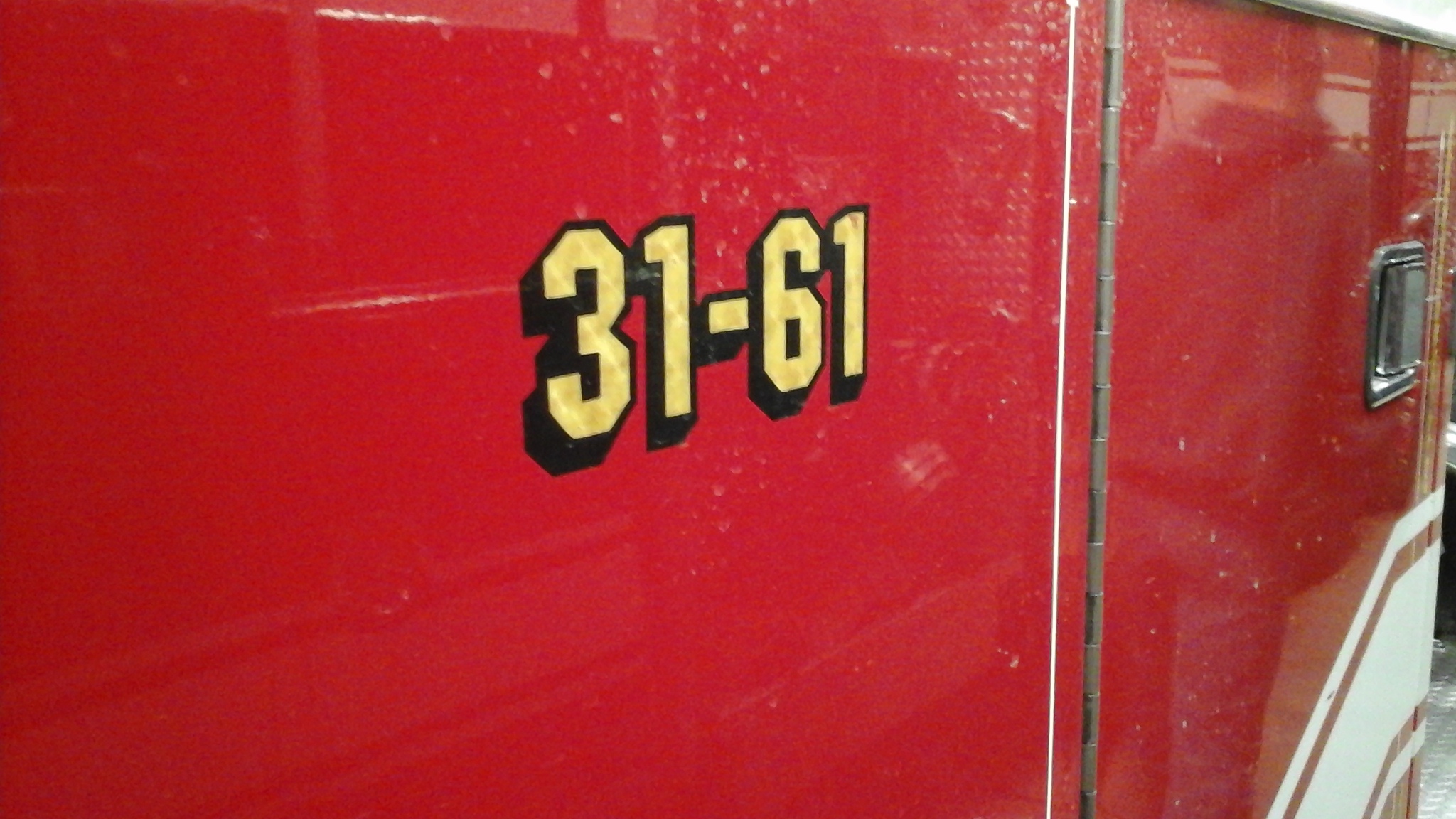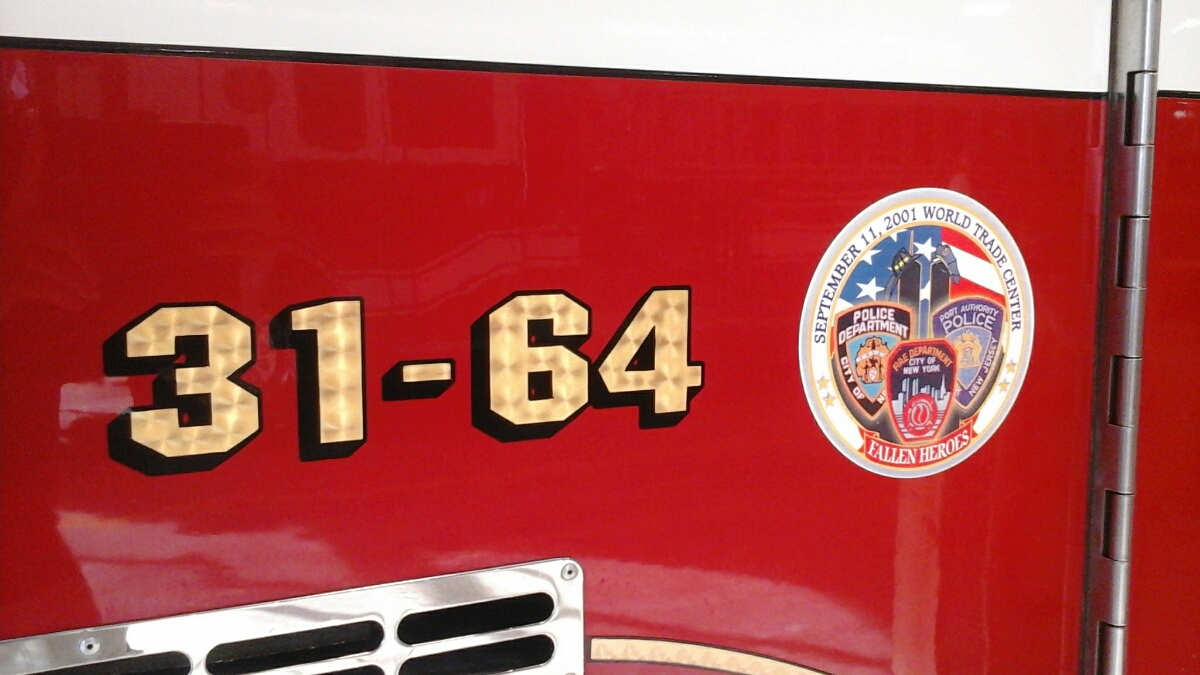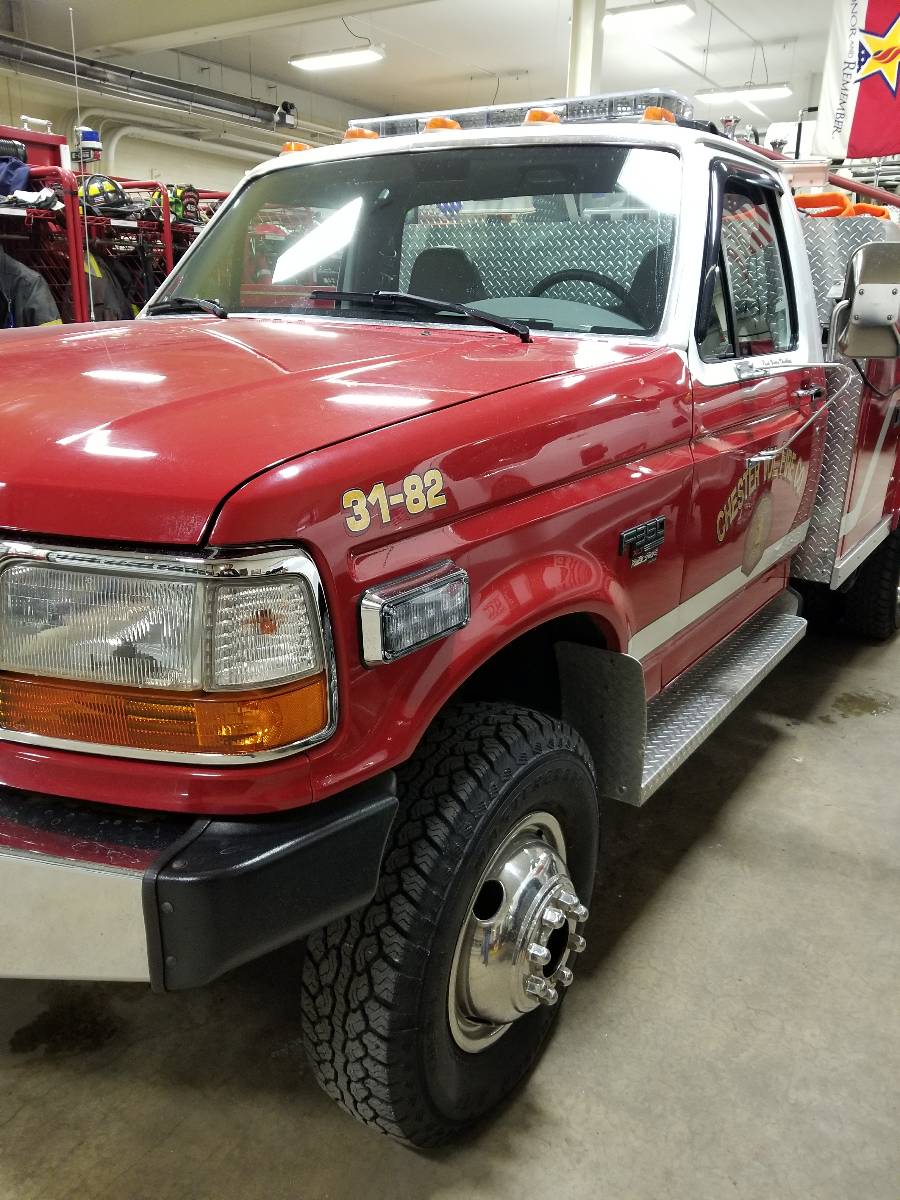Title Page
-
Client Name
-
Title
-
Site Address
-
Conducted on
-
Prepared by: Michael J. Dominianni
-
Sewer Inspection Cost:
-
Paid for By:
Evaluation Procedures
-
Summary of the Evaluation
-
The purpose of this inspection is to prevent unexpected costly repairs before buying the house/verify whether the pipe has damage,misaligned or off-set pipe joints, low areas, or foreign objects/blockages. This inspection was performed for sewer pipe lines only. Sewer lines are part of the drainage system that extends from the end of the building waste pipeline and conveys its discharge to a public sewer, private sewer, individual sewage disposal system or other point of disposal. The findings of this inspection are based on the opinions and education of the inspector and reflect the conditions discovered at the time of the inspection only.
The inspection report is narrative with pictures of defects. Each defect is described, given an approximate distance from the specific clean-out, explain the cause of problem, and the solution to the problem. General limitations and exclusions are also noted in the report.
Client, Site, and Building Information
-
Client and Site Information
-
House
-
Select date
-
Client Name
-
Property Address
-
Parties Present
- Buyer
- Seller
- Buyers Realtor
- Sellers Realtor
- Others
-
-
Building Information
-
Type
- Single Family
- Multi Family
- Commercial
- 1 Story
- 2 Story
- 3 Story
- >3 Story
-
Building Occupied
-
-
Sewer Pipe Information
-
Material
- Clay
- Lead
- Cast Iron
- PVC
- ABS
- Copper
- Brass
- Galvanized
- Orangeburg
- Unknown/Undetermined
-
Clay pipes are loosely connected and often leak. This type of plumbing is older and the leaks assigns can cause undermining, ground settlement, cracks, seperation, and/or root intrusion. Lining or replacing this pipe is recommended before failure.
-
Orangeburg has a life expectancy of approximately 50 years. After 30 years, deformation may begin to occur. All homes with Orangeburg pipe are pre-1972 and 40 or more years old.
-
Size
- <3"
- 3"
- 4"
- 5"
- >5"
-
Clean-outs every 75'
- Yes
- No
- No, Recommended
-
Cleanouts should be every 75' outside. This allows for servicing the pipe, should the need arise.
-
Cleanouts in the yard
- Yes
- No
- Broken
- Recommended
- Stuck
-
Add media
-
2 Way Sewer Clean-out
- Yes
- No
- No, Recommended
-
Sewer Back-flow Preventor
- Yes
- No
- No, Recommended
-
Whole House Trap
-
Whole house traps can clog and might need to be cleaned routinely or flushed to keep debris out. These are recommended to be removed
-
Was entire sewer pipe able to be inspected?
-
Reasons:
Video Evaluation & Summary
-
This section is an evaluation of the sewer drain pipe with the sewer camera system.
-
Video website
-
Access Location(s)
-
Sewer Pipe Overall Condition
-
-
Broken, Bulged, or Collapsed Pipe(s)
-
There could be any number of reasons why a sewer line could collapse. Roots can grow into a sewer line through the pipe’s joints, and over time, the roots will weaken the pipe walls and cause them to break down and collapse. A sewer line could also collapse if the pipes themselves are misaligned or offset. There may not be an immediate problem when this happens, but over time the misaligned pipes will leak waste water into the surrounding soil, eroding it and increasing the pressure on the line itself, causing it to collapse. Finally, a sewer line could collapse simply because the pipe itself is too old.
The broken/collapsed sewer line should get repaired by a licensed plumber. This is typically performed by excavating the location and replacing the section of plumbing. Other forms of repair might be available depending on plumbers expertise and equipment, like pipe lining or pipe bursting. -
Location(s)
-
Add media
-
It's this issue in an orangeburg pipe?
-
If Orangeburg is showing signs of deterioration the solution would be to replace ALL of it with PVC. The material can deteriorate after a certain amount of time do to pressure and moisture.
-
-
Blockage(s)
-
Sewer cleaning professionals have a variety of tools at their disposal for clearing sewer blockages. One such tool is an auger, which is similar to a sink or toilet auger but is much longer and power-assisted. Another useful tool is a high-pressure water jet capable of developing a pressure of 4,000 psi to literally blow the obstructions down the line. Many times roots, improper sewer pipe pitch, install, disconnects, collapses, corrosion etc. can cause items to become blockages in the sewer pipe. Once the blockage is cleared, it is recommended to have the pipe re-evaluated to see if are causing blockages.
-
Location(s)
-
Add media
-
-
Misaligned or Offset Pipe
-
A misaligned/offset sewer line should get repaired by a licensed plumber. This is typically performed by excavating the location and replacing/repairing the section of plumbing. Other forms of repair might be available depending on plumbers expertise and equipment, like pipe lining or pipe bursting.
-
Location(s)
-
Add media
-
-
Cracked Pipe
-
Age, roots, settling, weather, freezing, corrosion, earthquakes, or people can be the cause for a cracked sewer pipe. A cracked sewer line should get repaired by a licensed plumber. This is typically performed by excavating the location and replacing the section of plumbing that has cracked. Other forms of repair might be available depending on plumbers expertise and equipment, like pipe lining or pipe bursting. If not repaired, this can lead to future issues with the sewer line like leaking, collapsing, root intrusion, or disconnecting. In severe cases, sewer smells might be observed in the yard.
-
Location(s)
-
Add media
-
-
Corroded Pipe(s)
-
Heavy corrosion most likely leaks and if not already can cause cracks, collapses, or disconnects. This plumbing should be replaced by a licensed plumber. This is typically performed by excavating the location and replacing the section of plumbing that has cracked. Other forms of repair might be available depending on plumbers expertise and equipment, like pipe lining or pipe bursting.
-
Location(s)
-
Add media
-
Marginal corrosion might have leaks currently or in the future. It is recommended to budget for repair of this pipe in the near future or as a preventative measure, repair the corroded pipe.
-
Location(s)
-
Add media
-
Corrosion is light and should be monitored.
-
Location(s)
-
Add media
-
-
Need for descaling
-
Part of the aging process of pipes includes corrosion, calcification, and scale build up. This scale can cause objects to get stuck within the plumbing or restrict the flow of water to the discharge point. Many times high pressure water jetting will provide some temporary relief from drainage clogs and stoppages. This is a short-term solution that will buy time till the pipe ultimately fails. The corrosion and scale are indications of how much of the interior thickness of the pipe is worn away. De-scaling the pipe literally makes the pipe thinner and eventually, over a short period of time, the continual use of high pressure water jetting will expose holes, cracks and separations that lead to total pipe failure and collapse. It is recommended to replace the plumbing of the scaled section(s)
-
Location(s)
-
Add media
-
-
Bellied/Sagging/Low Spots in Pipe(s)
-
A sag/low section of sewer line should get repaired by a licensed plumber. This is typically performed by excavating the location and replacing the section of plumbing. Sewer drains should pitch at least 1/4" per foot. Areas where water can pond and collect can cause objects to get stuck resulting in blockages. Even if slight negative pitch or low spot is observed, this can progressively worsen if the cause is not repaired either. This can be caused by several different sources from tree roots to vehicle traffic.
-
Location(s)
-
Add media
-
-
Leaking Pipe Joint(s)
-
A leaking pipe joint should get repaired by a licensed plumber. This can be performed by either excavating the location and replacing/repairing the section of plumbing that is leaking, or, depending on plumbers expertise and equipment, the pipe can be lining. A leaking joint is an area that will attract root intrusion or environmental hazard. In severe cases, sewer smells might be observed in the yard.
-
Location(s)
-
Add media
-
-
Root intrusion
-
Tree root intrusion into sewer lines is an amazingly common problem. Tree roots naturally seek out the best source of moisture and are attracted to the limitless supply of waste water found in sewer lines. Roots enter through any joints or gaps in between pipes. As they draw moisture from the sewer line, these roots not only multiply but expand - which over time leads to structural decay of the pipe and eventual collapse. This can/will cause blockages and should be repaired by a plumber/pipe cleaning professional. If measures are not implemented to stop the root growth, it is likely roots will intrude again into this pipe or even cause disconnects or collapses.
-
Location(s)
-
Add media
-
Pipe Channeling
-
Over time, the bottom of the horizontal pipe “channels” away or literally disappears due to the flow of water through the ferrous cast iron pipe. The pipe channeling exposes the soil below the pipe, which leads to soil erosion creating voids below the original drainage system that can cause possible foundation settling of the structure above the piping system. Since a channeled pipe does not necessarily have an issue with slope, pipelining or replacing should be performed.
-
Other Notes :
-
Add media
Maintenance Suggestions
-
General Maintenance Suggestions for All Sewer Line
-
Treat the sewer pipes with an enzyme-based drain cleaner on a regular basis by pouring it down a fixture nearest the sewer- It will dissolve clogs resulting from the buildup of hair, grease, and dirt safely without harming the environment. Avoid pouring grease down any drain, putting hair or solid objects down the drains or flushing them down the toilet, or anything that isn't biodegradable. Clear the waste system periodically by filling tubs and sinks with water, then opening all the drains at once while you flush all the toilets at the same time- the large flow of water can flush away clogs that have begun to form in the drain lines before they have a chance to block the pipes. (This will only work for blockages cause by objects stuck within the plumbing. This will not work for root intrusion or other plumbing issues)
The most common way to remove tree roots from sewer drain pipes is by using a drain auger to cut roots from the drains - it uses a rotating auger at the end of a long flexible cable to slice roots away. Another common method for removing tree roots from sewer drains is by using a high pressure (about 4000 psi) hydro water drain jetting system. This blows away roots and other obstructions from your sewer drains. After root clearing is performed, the tree/shrub which is causing the root intrusion should be removed to stop roots from growing back into the sewer drain pipes. (Root intrusion can also cause other issues with plumbing that might not be visible due to the roots blocking vision of an area) -
Most homeowners are not aware that they are responsible for all of the costs associated with repairing damaged water or sewer service lines that run from their building’s exterior to the municipal service lines in the street. These repairs are not covered by most homeowners insurance policies and can cost thousands of dollars. There are several insurance companies that have sewer and water line insurance policies that cover plumbing repairs if an issue occurs in the future. It is recommended to have a sewer line insurance policy if issues were noted in the report.














